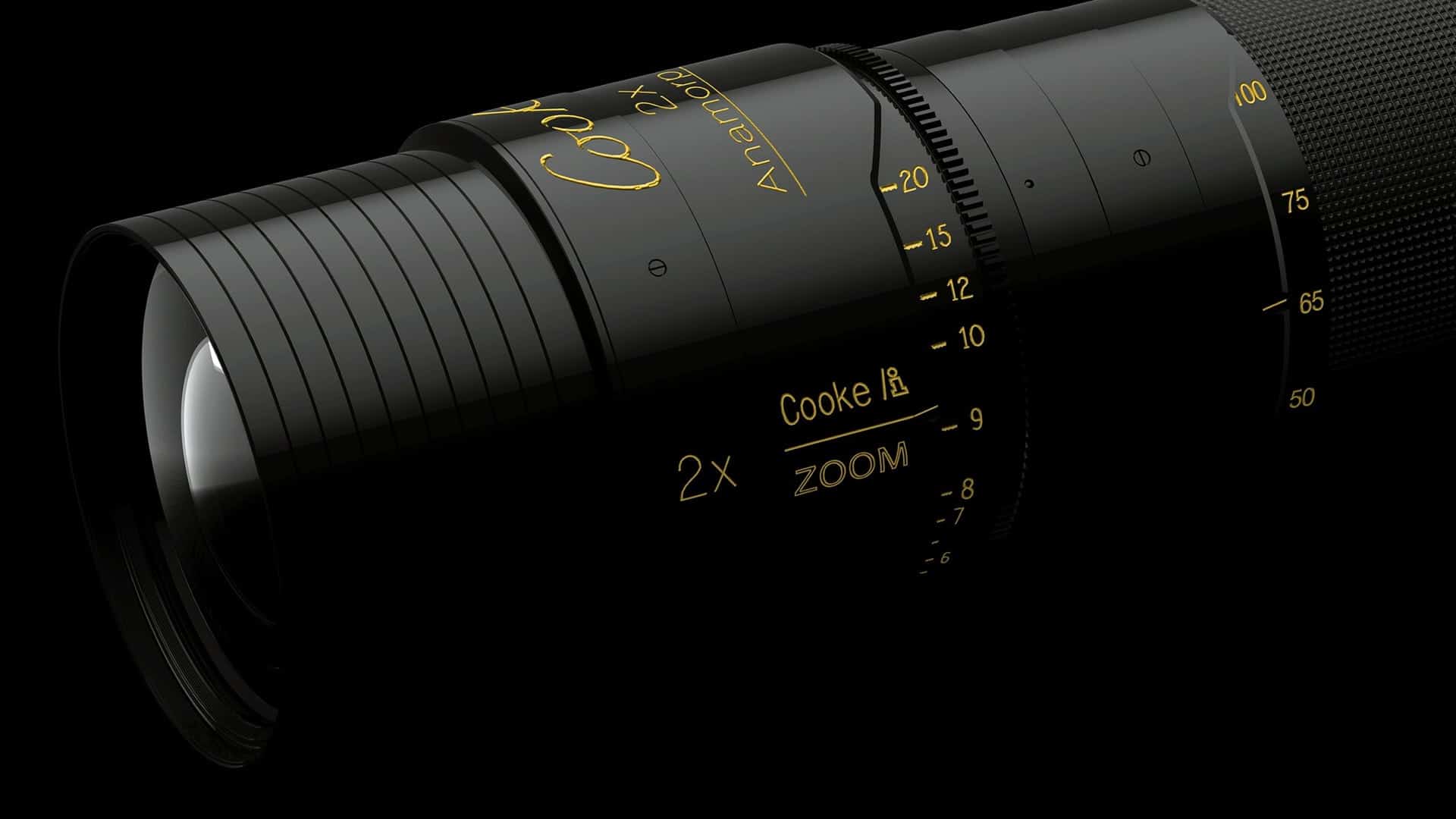Selecting the right lenses for your project is one of the many considerations before production begins. And considering Cooke lenses may not be such a bad idea. Cooke lenses have become a staple in Hollywood, because of the particular look, feel, and overall quality of what they produce. So, what is the Cooke Look? And what do Cooke lenses do differently?
Read this brief article to find out, and watch the accompanying comparison videos to see how Cooke compares with its competitors.
What are Cooke Lenses
What do Cooke lenses do for you?
These lenses are pricey. Very pricey. But once you see the difference you might do everything in your power to get your hands on one.COOKE LENSES AND THE COOKE LOOK
What is the Cooke Look?
The “Cooke Look” is the sharp, subtle, and smooth rendering from Cooke lenses. They provide dimensionality and high contrast that is pleasing to the eye and is used in most professional cinematography. Cooke Lenses are meticulously constructed to maintain color balance and transition in the image.
All lenses are color matched to give a seamless look when shots are mixed during production. When a sharp edge of an image goes out of focus, these lenses ensure the blend is smooth and rounded. And because Cooke lenses strive for natural looking images, there is no artificial effect (no ringing or doublings) to spoil the transition. There is a large contrast range and these lenses also do well controlling flare.
Cook Lenses and the "Cooke Look"
- Contrast range and color balance
- Warm, smooth look for seamless transitions
- Controls flare
We've covered the basics on Cooke lenses and the "Cooke Look" so it's time to go a little deeper and discuss the different options available.
COOKE LENSES
Selecting a Cooke lens
Cooke lenses are probably some of the most expensive glass out there. Used mostly by industry professionals, there aren’t many young filmmakers with multiple Cookes in their camera bags.
The most common Cooke lenses are the Cooke S4s and the original Panchro lenses.
Cooke S4 lenses made their first appearance in 1998. These lenses are loved by cinematographers for their contrast range and ability to eliminate harshness. When they came on the market, they featured a 2.0 aperture. In 2005, Cooke introduced the S4/i lens which recorded digital protocol, so all lens info was easily available in post-production.
In 2009, the Cooke S4 mini was released at a lower cost and smaller size.Panchro Lenses initiated the Cooke legacy in Hollywood. They came in three different series (I, II, III), and created a warm look, great for skin tone, and that iconic smooth sharpness defining the Cooke Look. Cinematographers today use these lenses to get a more vintage feel.
Most recently, Cooke has come out with a slew of other lenses.
The S7 line has been released covering full-frame cameras and anamorphic lenses.
If you're not in position to afford a Cooke lens right now, don't worry. Up next, is a basic purchasing guide to Zeiss lenses, a potentially more affordable option - catching you up on everything you should consider before buying.
Related Posts
Up Next
Best Zeiss lenses
Now that we've got you caught up on the Cooke Look, our next stop will look at Carl Zeiss and the best lenses to buy right now. In this buying guide, we'll cover all the technical specs, pros/cons and prices with video comparisons so you can make a well-informed purchase. Don't go shopping until you have all the details!
Up Next: Best Zeiss lenses →
Showcase your vision with elegant shot lists and storyboards.
Create robust and customizable shot lists. Upload images to make storyboards and slideshows.
